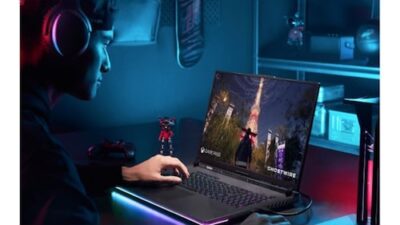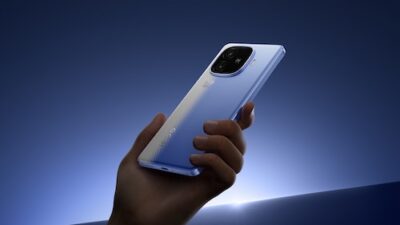“We’re not pouring money into marketing or relying on gimmicks,” Kapoor stated. “Our focus is on creating devices that offer the best experience in their category.”
Infinix introduced its gaming-focused GT series two years ago in reaction to what Kapoor refers to as a cultural shift. “Gaming is no longer just a hobby. It’s become an identity and, for some, a career. But when we investigated the market, we found a lack of phones designed for gaming,” he explained. This realization prompted the development of the GT line, which now includes the upcoming GT 30 Pro — a device that Kapoor claims is “engineered from the ground up with gamers’ needs in mind.”
As of 2024, India’s online gaming user base reached 488 million, marking a 7% increase year-on-year. This growth is largely fueled by affordable smartphones and widespread internet access, positioning gaming as a significant component of the country’s digital economy. For Infinix, the objective is clear: to become the preferred gaming brand in the sub-₹30,000 segment — a category that makes up 90% of smartphone sales in India.

The GT 30 Pro represents Infinix’s most ambitious effort yet. It boasts 120 FPS support, shoulder triggers, and a built-in cooling fan — features normally reserved for high-end gaming phones priced above ₹95,000. “We’re aiming to provide a console-level experience in the ₹20,000-₹30,000 range without emptying your wallet,” Kapoor noted.
However, achieving this lower price point isn’t merely about cutting costs on specifications. It requires a complete rethinking of both design and development. Infinix has established a dedicated R&D team focused exclusively on gaming hardware and software. The company collaborates with leading gaming firms to rigorously test devices for consistent performance and frame-rate stability. “In controlled settings, we’ve managed to maintain 120 FPS for around four hours,” Kapoor shared.
Thermal management is crucial in this endeavor. When questioned about the choice between vapor chambers and liquid cooling, Kapoor refrained from going into details, indicating it is a decision for his engineering team. However, he did confirm that the current battery size of 5,500 mAh in the GT 30 Pro is optimized alongside form factor. “You don’t want the phone to be cumbersome. Currently, we’ve found the sweet spot to be around 200 grams, with balanced weight distribution to prevent wrist fatigue during extended gaming sessions.”
Also read: iQOO Neo 10 launches in India with Snapdragon 8s Gen 4 and 7,000mAh battery
Infinix has also created a dedicated Discord community for gamers, regularly conducting beta tests and tournaments with real users to refine their devices. Kapoor emphasizes that this community-driven approach directly impacts product development. “The feedback loop is consistent. As soon as one phone is launched, we begin developing the next.”
The brand’s emphasis on Tier 2 and Tier 3 cities — where 60-70% of mobile gaming in India originates, according to Kapoor — is also part of a strategic plan. “Gaming is becoming an aspirational pursuit for these users. We’re witnessing numerous ‘zero to hero’ narratives from smaller towns,” he remarked.
Regarding customer acquisition and retention, Kapoor is pragmatic about the limited brand loyalty in the sub-₹30,000 market. “We’re expanding our offline presence — we’re now in 15,000–17,000 stores — and creating touchpoints through tournaments and affordable offers,” he said, adding that a direct-to-consumer (D2C) initiative is on the horizon.
As mobile gaming solidifies itself as both entertainment and a viable opportunity for millions of young Indians, Infinix envisions itself as more than just a hardware manufacturer. “We want people to think of Infinix when they think of gaming,” Kapoor concluded. “That’s the journey we’re embarking on.”
Also read: Nothing Phone 3 to ditch Glyph Interface — What this means for the brand’s identity



